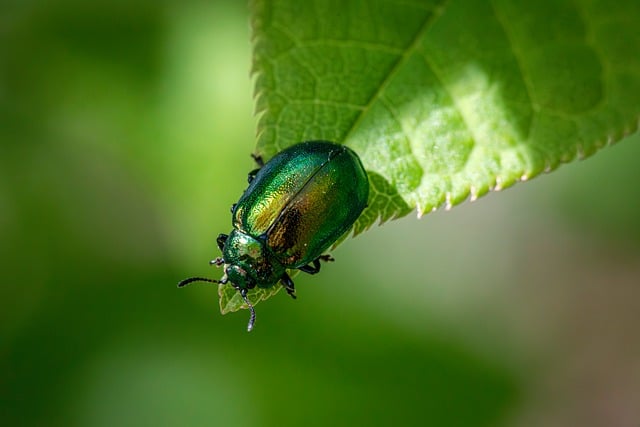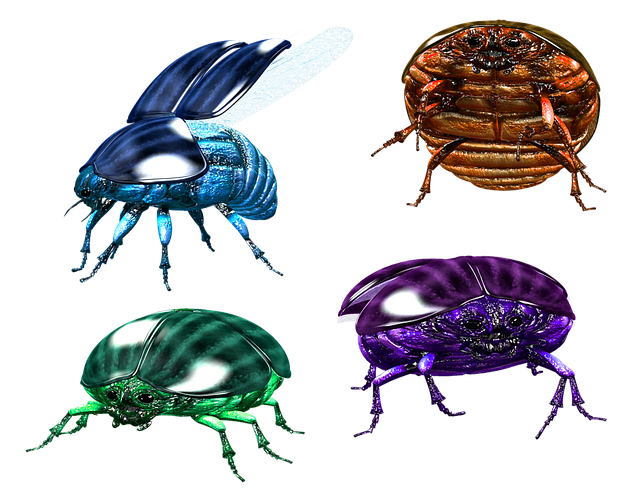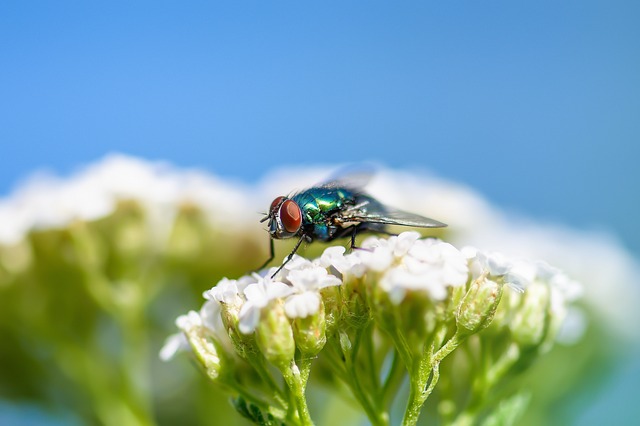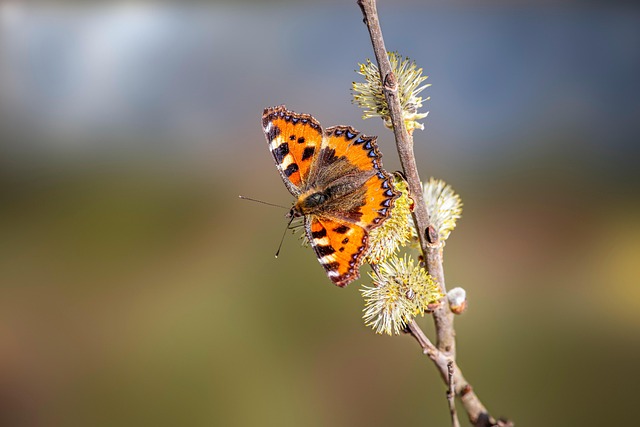In Arvada's agricultural environment, protecting fruit trees from insects like aphids, spider mites, and pear psyllids, as well as diseases such as fire blight and powdery mildew, is vital. Effective insect and disease management (IDM) strategies emphasize proactive measures, including regular monitoring, cultural practices (pruning, sanitation), integrated pest management (IPM) to minimize chemical use, and barrier protection like netting. Early identification of issues through year-round monitoring prevents problems from escalating, ensuring the health and vitality of fruit trees in the Arvada area.
In Arvada, proper insect and disease management is crucial for maintaining healthy fruit trees. This comprehensive guide explores the multifaceted approach to protecting your orchard from pests. We start by understanding the specific threats facing fruit trees in this region, followed by practical strategies to implement effective pest control barriers. Additionally, we delve into long-term maintenance and monitoring techniques to ensure sustained tree health and robust fruit production.
- Understanding Insect and Disease Threats to Fruit Trees in Arvada
- Implementing Effective Pest Control Strategies for Barrier Protection
- Long-term Maintenance and Monitoring for Sustained Tree Health
Understanding Insect and Disease Threats to Fruit Trees in Arvada

In the vibrant landscape of Arvada, the health of fruit trees is a top concern for many homeowners and agricultural professionals alike. Insect and disease management for fruit trees near Arvada involves understanding the unique challenges posed by local pests and pathogens. Common insect threats include aphids, spider mites, and pear psyllids, which can cause significant damage to leaves, stems, and fruits, potentially leading to reduced crop yield and quality.
Diseases such as fire blight, a bacterial infection, and powdery mildew, a fungal disorder, are also prevalent in this area. These issues can spread rapidly, affecting not just fruit trees but the overall biodiversity of the region. Effective insect and disease management requires proactive strategies, including regular monitoring, cultural practices like proper pruning and sanitation, and the application of integrated pest management (IPM) techniques to minimize the use of chemical pesticides.
Implementing Effective Pest Control Strategies for Barrier Protection

Implementing effective pest control strategies is vital for ensuring robust barrier protection, especially for fruit trees in areas like Arvada. Integrated Pest Management (IPM) approaches that focus on a combination of biological, cultural, and chemical methods are highly recommended. By employing these tactics, you can effectively manage insects and diseases while minimising the environmental impact. For instance, introducing natural predators like ladybugs or parasitoids can help control pest populations organically. Additionally, creating physical barriers, such as mesh netting, can prevent insect access to trees, especially during vulnerable stages of growth.
When it comes to fruit trees, regular monitoring is key. Inspect trees frequently for signs of infestation or disease symptoms. This proactive approach allows for early intervention, which can significantly reduce damage. Utilise cultural practices like proper sanitation (removing fallen leaves and fruits), appropriate pruning techniques, and optimal planting distances to enhance tree health and resistance. These strategies form a robust first line of defence, reducing the need for chemical interventions.
Long-term Maintenance and Monitoring for Sustained Tree Health

Maintaining tree health over the long term requires a comprehensive approach to insect and disease management, especially for fruit trees in proximity to Arvada. Regular monitoring is key; inspecting trees throughout the year helps identify any potential issues early on. This proactive strategy allows for timely intervention, preventing small problems from escalating into large-scale damage.
Effective maintenance involves keeping an eye out for common pests and diseases specific to fruit trees, such as aphids, spider mites, and fungal infections. When signs of distress are observed, implementing barrier protection measures becomes crucial. These protective barriers create a defense mechanism, restricting pest access and promoting sustained tree vitality in the Arvada area.
Protecting your fruit trees in Arvada from insect and disease threats requires a comprehensive approach. By understanding the unique challenges these pests pose, implementing effective barrier protection strategies, and committing to long-term maintenance and monitoring, you can ensure the sustained health and vibrancy of your fruit trees. Integrating these practices into your gardening routine will not only safeguard your trees but also contribute to a thriving and pest-free environment in your yard. Effective insect and disease management for fruit trees near Arvada is achievable with dedication and a strategic approach.
